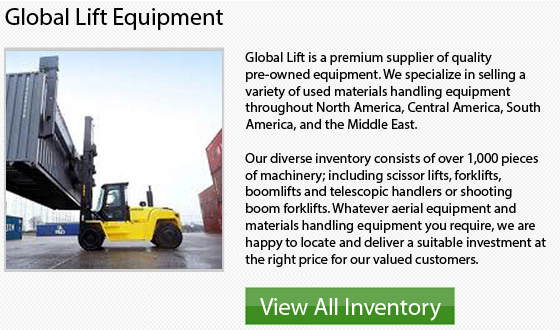
When it comes to maintaining the lift truck, it could really be easy to neglect the simple yet essential tire. If you pick the wrong tire, you could end up accidentally with a huge increase in fleet operating costs, or increased safety risks, which is worse yet. If on the other hand, you choose right type of tire you can enjoy substantial cost-savings, improved safety and an overall more effective operation. A properly selected tire can actually reduce the downtime for replacement and probably last 40 percent longer.
The lift truck tire is a quite complex part of the machinery. It is thus, easy to select the wrong one accidentally. There are lots of different kinds of tires and brands, with different treads and compounds. This means you should be completely prepared with the right data when you are purchasing tires so that you could decide on some safe and durable options to help prolong the life of your forklift.
The particular kind of tire selected for a lift truck depends on the kind of surface you will be using the equipment on. For example, indoor applications and smooth surfaces generally utilize tires which are made from rubber and that are a smaller size. On the other hand, outdoor applications require pneumatic tires. Pneumatic tires have a rubber tread and are filled with compressed air. These features give them a good grip on surfaces that are rough and uneven.
Forklift Tire Safety
Each year, 200 people are killed in forklift or lift truck related accidents each year. Ensuring lift truck safety, like for instance correct inspection practices, could all contribute in to preventing these horrible and dangerous accidents from taking place.
Pre-Work Check
Before each and every shift, the lift truck's tires need to be inspected. Ideally, they must have the right air pressure, as set forth by the manufacturer. This is extremely vital because if the tire pressure is very low, the machine could inadvertently tip over when a load is being lifted.
Kinds
The tires used on indoor forklifts will be made out of solid rubber.
Other Considerations
The Occupational Health and Safety Administration or OSHA require that forklifts utilized on a continual basis need to be inspected at the completion of each and every shift. The driver must check the equipment for any kind of mechanical issues and the tires must be looked over for cuts, excessive wear or obvious damage to the tires. Any problems that are detected must be addressed as soon as possible to maintain safety.